

Corydoras sp. C91, male Corydoras sp. C91, female
The pretty Corydoras sp. C91 is already a well known aquarium fish, although it is available only occasionally and very rarely. This species is a typical shortnose or roundnose Cory, which can be kept in the very same way as the common species Corydoras julii or C. trilineatus. The latter represent without any doubt the closest relatives of C91.


Corydoras sp. C91 Longnose, female
Corydoras sp. C91 Longnose, pair
For the first time ever we were able now to import also the long snouted species that has the very same pattern as C91. Sadly we have no information where the fish have been collected. C91 is said to originate from the Rio Huallaga, which is an approx. 1.100 km long tributary of the Maranon, the larger of the two headstreams of the Amazon river. The longsnouted species imitating C91is a very attractive fish, that resembles much to Corydoras leopardus. However, the new species has a much more contrasting pattern in the caudal fin.

Corydoras sp. C115/116, variety with caudal stripe, no shoulder spot

Corydoras sp. C115/116, variety with caudal stripe and shoulder spot

Corydoras sp. C115/116, variety without caudal stripe, but with shoulder spot

Corydoras sp. C115/116, variety without caudal stripe and shoulder spot
From the Rio Madre de Dios originates the saddle noses species C115/116. The Madre de Dios is also about 1.100 km long and is the largest tributary of the Rio Madeira. The Madre de Dios flows between the countries Bolivia and Peru. C115/116 also resembles much in C91, at least some specimens. For C115/116 has a very variable coloration, which is the reason that initially it was thought that it represents two different species. However, breeding the fish showed clearly that it is only one variable species (please see also http://www.aquariumglaser.de/en/corydoras-sp-c-115116_de_1043.html). Now we received for the first time ever very nice wild collected specimens that show the complete number of varieties: animals with and without lateral stripe and animals with or without a shoulder spot.
Keeping all these new Corydoras is easy, but one should keep in mind that only C91 and the long snouted species are schooling fish in the closer sense, while the saddle nosed types rather prefer to live individually or in small groups.
For our customers: C91 has code number 229593, C91 “Longnose” has code 229603, and C115/116 has code 225304 on our stocklist. Please note that we exclusively supply the wholesale trade.
Lexicon: Corydoras: from ancient Greek, means „with helmet and spear“. This refers to the strong armor and fin spines.
Text & photos: Frank Schäfer



















































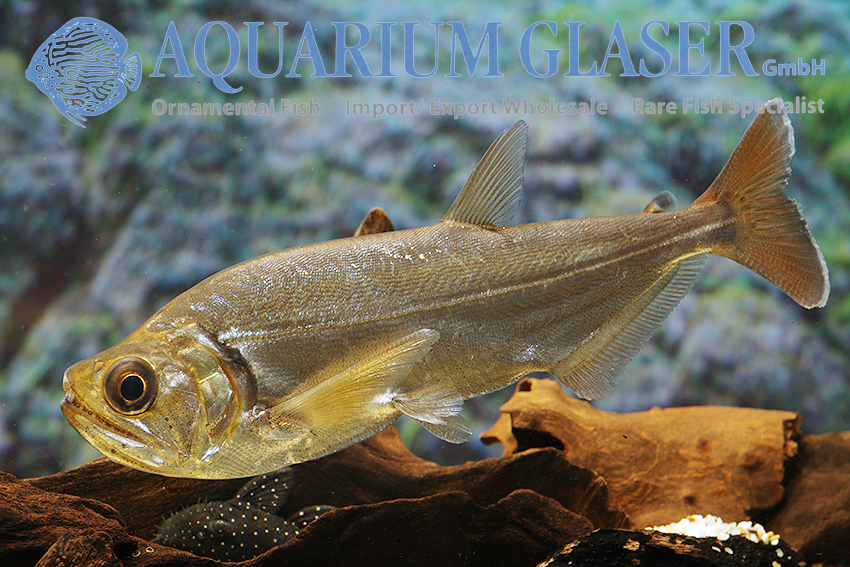
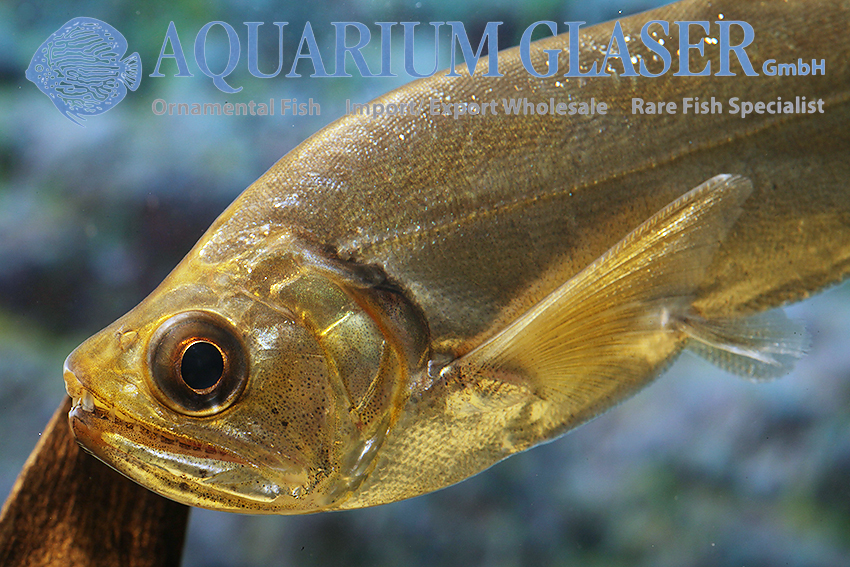
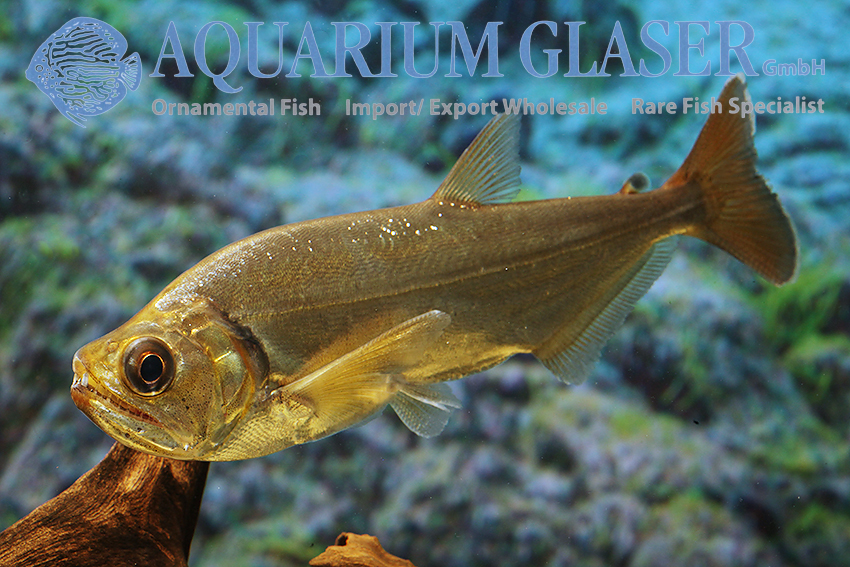
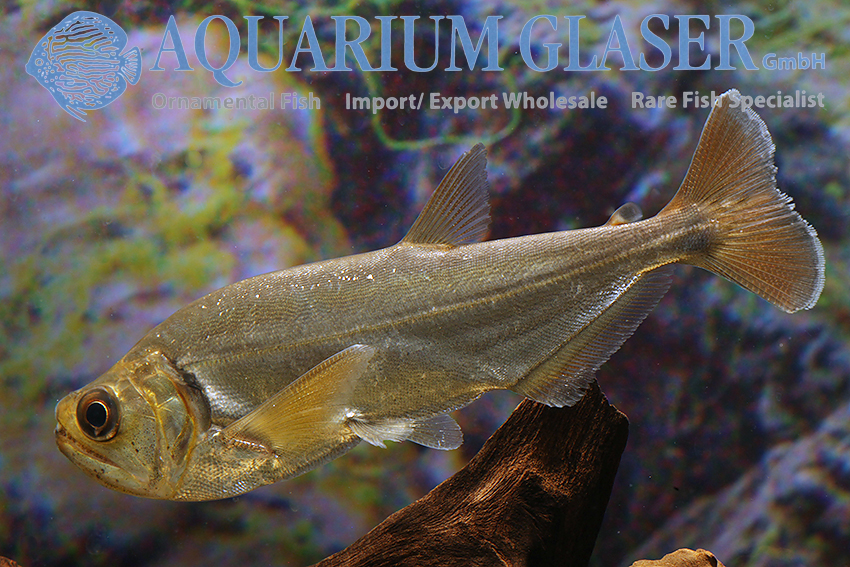
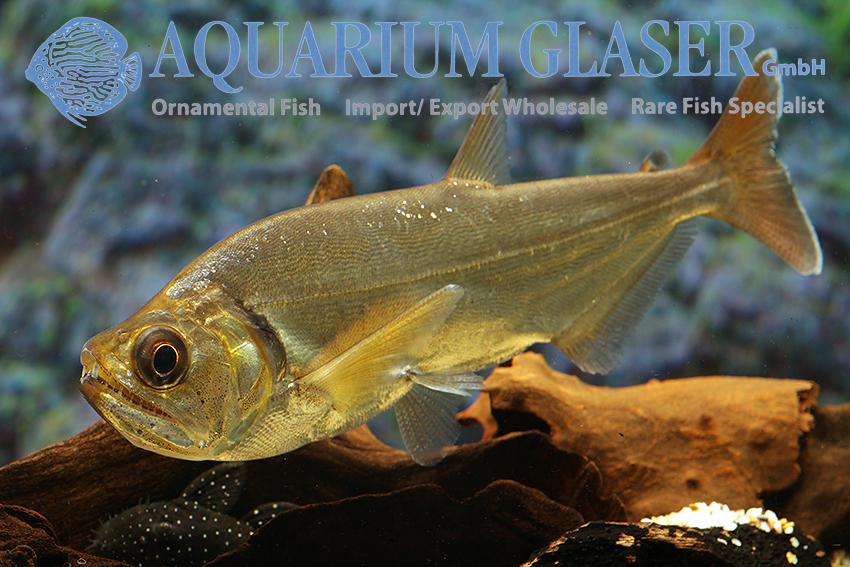
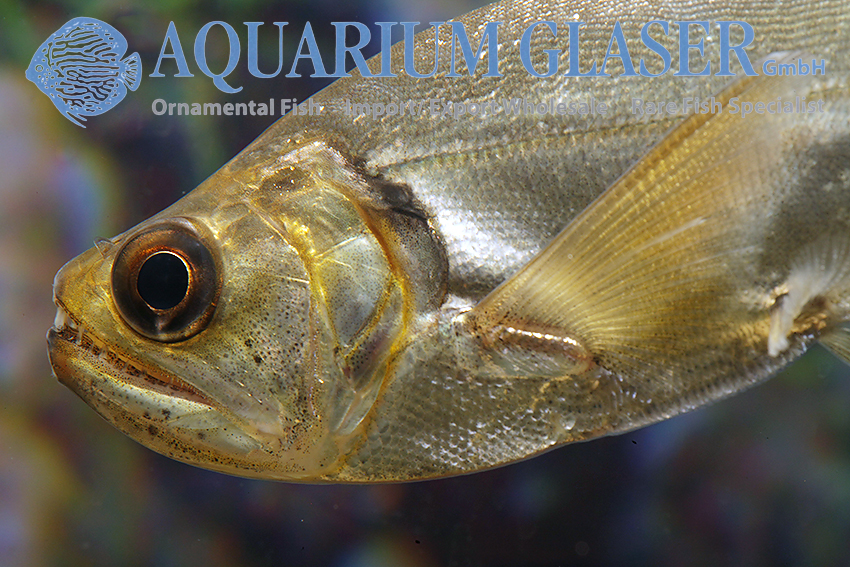






















































































































 It does not happen very often that we feel unable to determine an imported species at least roughly. But when a few weeks ago a shipment containing very small (about 1 cm) Rasboras from Thailand arrived we could name the fish only provisionally “Rasbora sp. Dwarf”. In the meantime the fish have grown happily and now we can say the importation brought a species in our fishhouse we have never been able to import before: Rasbora paucisqualis. This charming species attains a maximum length of 3-4 cm.
It does not happen very often that we feel unable to determine an imported species at least roughly. But when a few weeks ago a shipment containing very small (about 1 cm) Rasboras from Thailand arrived we could name the fish only provisionally “Rasbora sp. Dwarf”. In the meantime the fish have grown happily and now we can say the importation brought a species in our fishhouse we have never been able to import before: Rasbora paucisqualis. This charming species attains a maximum length of 3-4 cm.






 Two days ago we were able to import a single specimen of pike cichlid , which we have never seen before. The animal for sure belongs to the rambling relationship of Crenicichla saxatilis; however, no scientific description on a species exist that has red instead of black markings on the body. Our specimen – most probably a male – is currently about 15 cm long. We believe that is has been collected near the city of Puerto Inirida in Venezuela. This species is illustrated and described in the German book “Die Buntbarsche Amerikas Bd. 3” by Rainer Stawikowski and Uwe Werner as Crenichla sp. Inirida III.
Two days ago we were able to import a single specimen of pike cichlid , which we have never seen before. The animal for sure belongs to the rambling relationship of Crenicichla saxatilis; however, no scientific description on a species exist that has red instead of black markings on the body. Our specimen – most probably a male – is currently about 15 cm long. We believe that is has been collected near the city of Puerto Inirida in Venezuela. This species is illustrated and described in the German book “Die Buntbarsche Amerikas Bd. 3” by Rainer Stawikowski and Uwe Werner as Crenichla sp. Inirida III.












































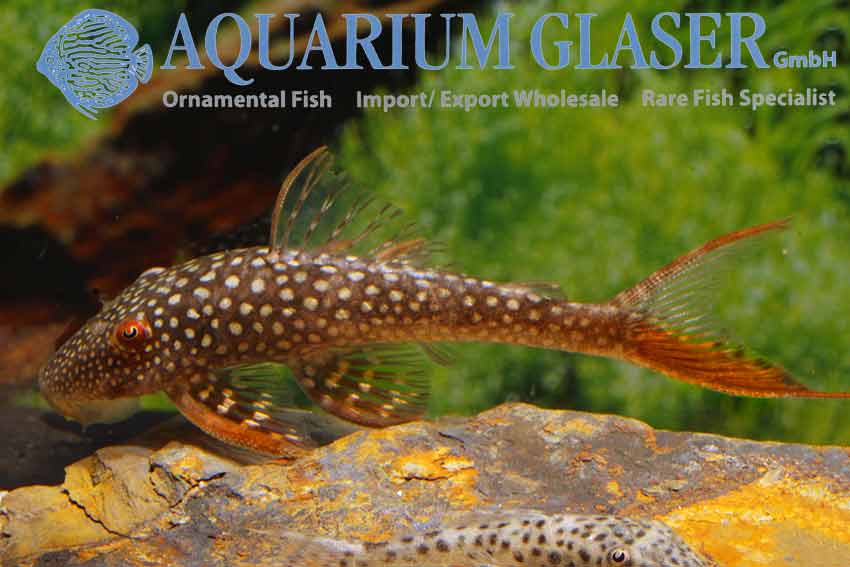
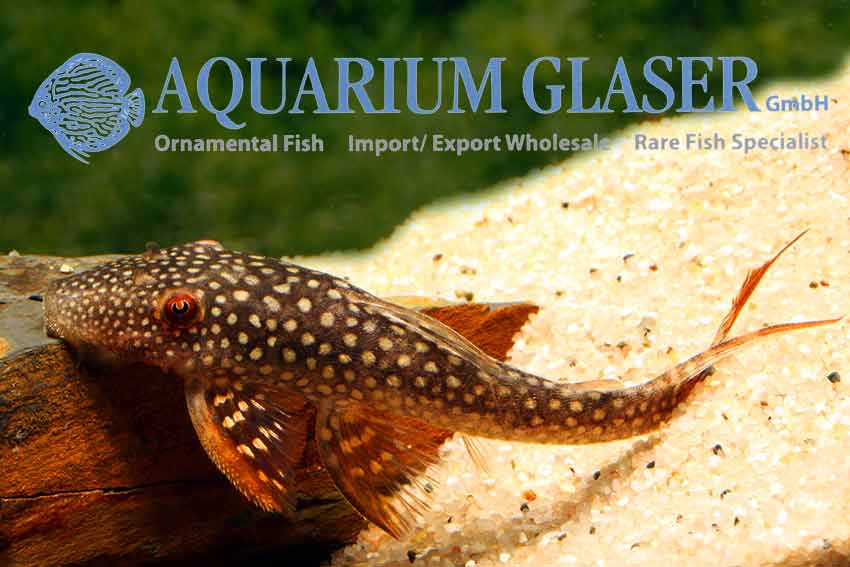











































 Code: 278934
Code: 278934

























